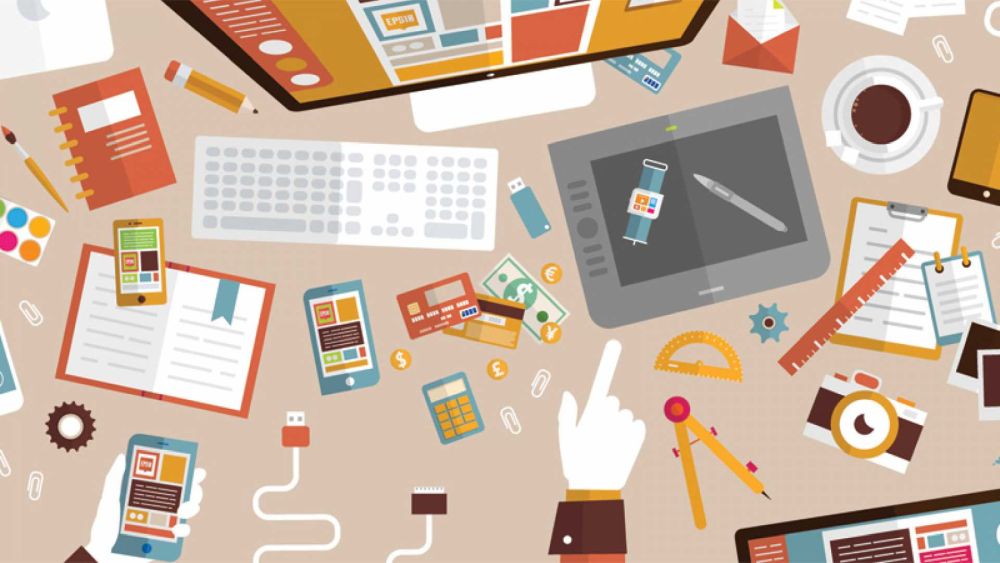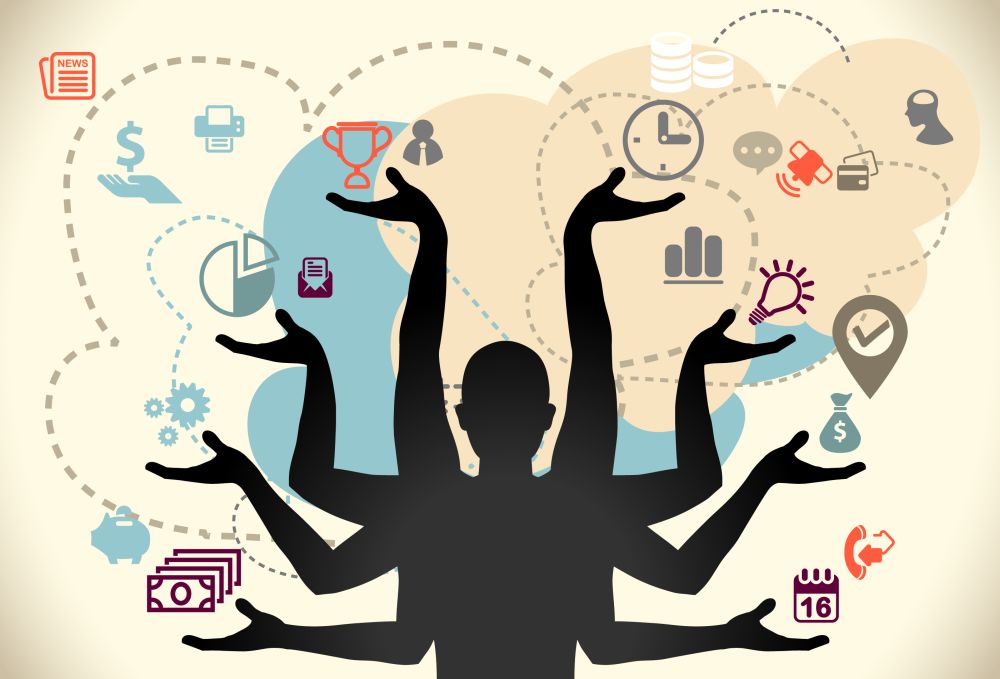Workers today face a paradox: the very tools meant to boost their productivity are increasingly getting in the way. Between chat platforms, project trackers, email, and AI add-ons, digital workspaces are flooded with overlapping functions. The result is what’s now being called “app fatigue”—a phenomenon where too many tools drain focus rather than enhance it.

One Harvard study revealed that employees at a Fortune 500 firm switched apps and websites over 3,600 times a day, leading to a loss equivalent to five weeks of productivity per year. A Wrike survey in 2023 echoed this, showing that more than half of knowledge workers want fewer apps. Constant toggling is not only tiring but inefficient.

Workers also report difficulty finding what they need. In 2022, nearly half of digital workers struggled to locate essential information. Though that number improved in 2024, those relying on AI systems had more trouble than others, highlighting the challenge of layering new tools onto already complex workflows without making them coherent.

Satisfaction with productivity apps has steadily declined in the past two years. The solution, experts suggest, is not in adding more tech, but in streamlining what’s already there. Consolidating platforms, simplifying workflows, and using AI more deliberately may finally restore a sense of control—and actual productivity—to the digital workplace.

#Productivity #WorkTech #AItools #WorkplaceTrends #DigitalFatigue
